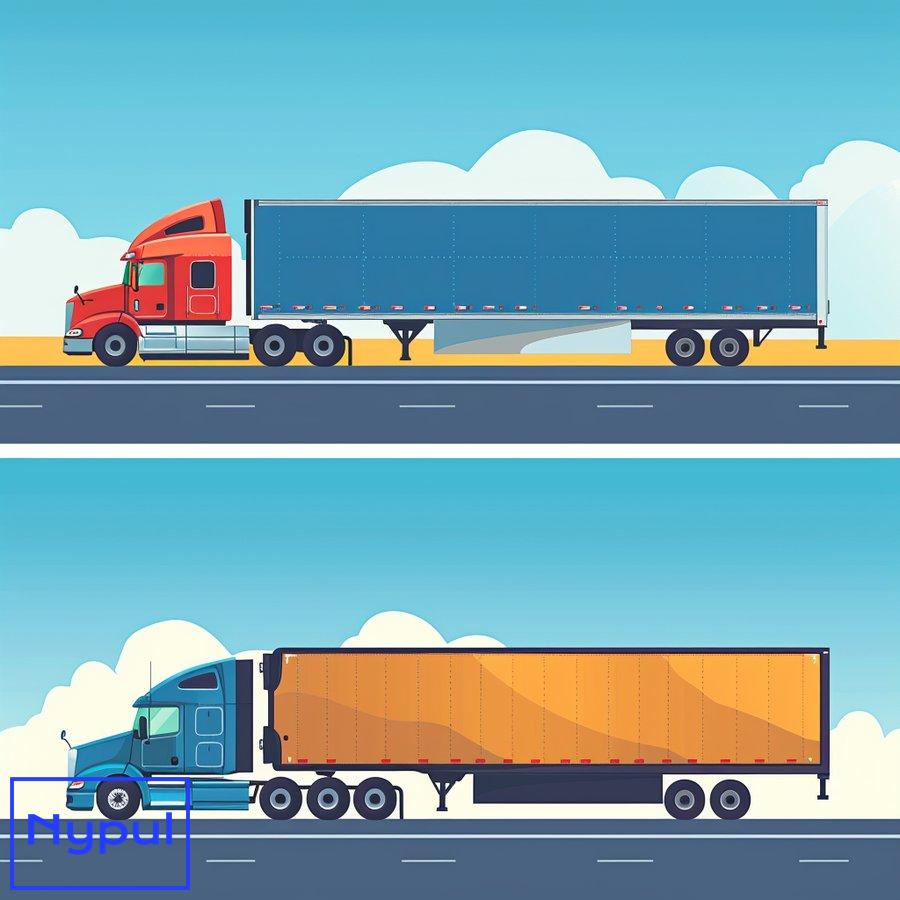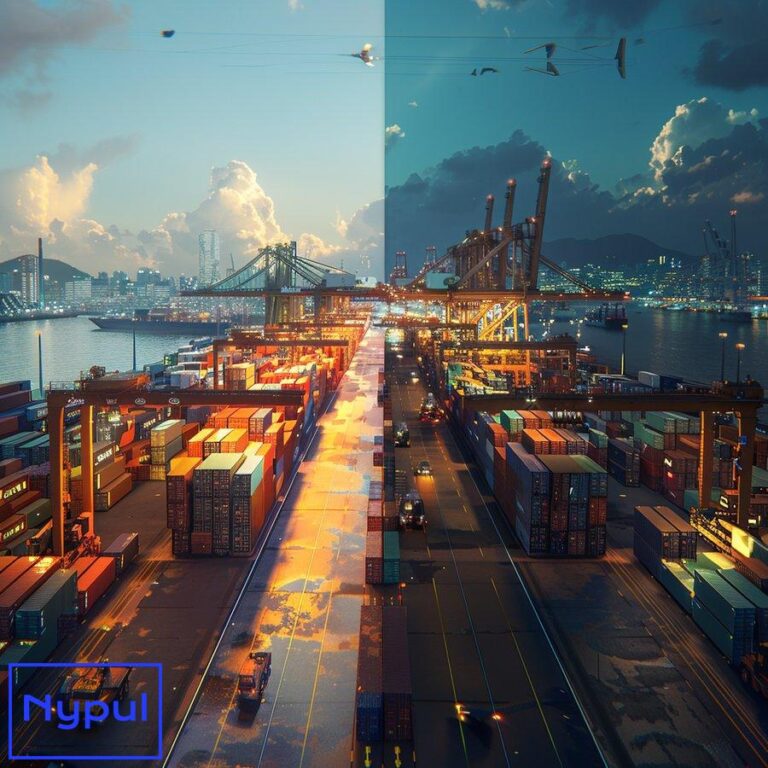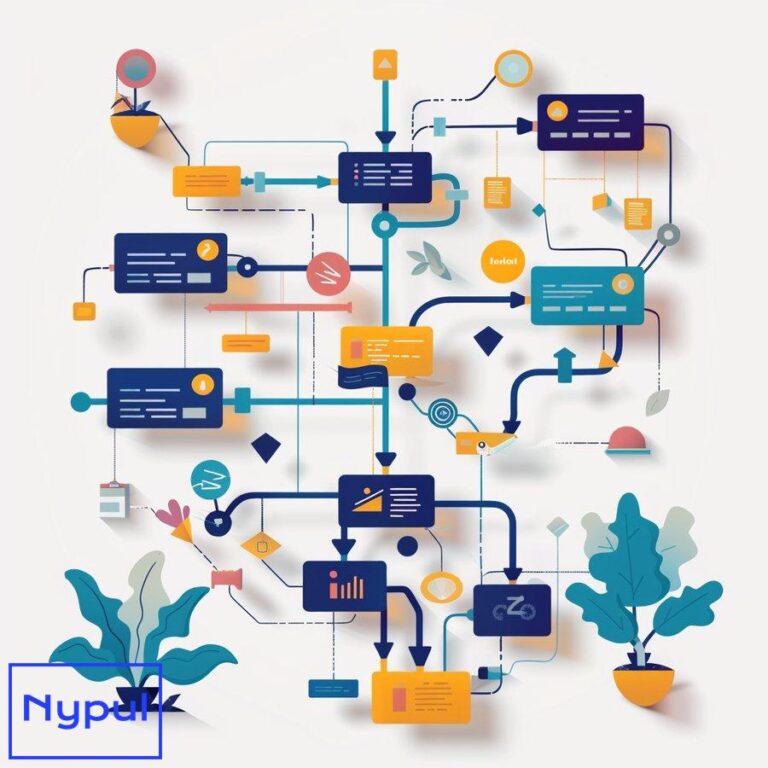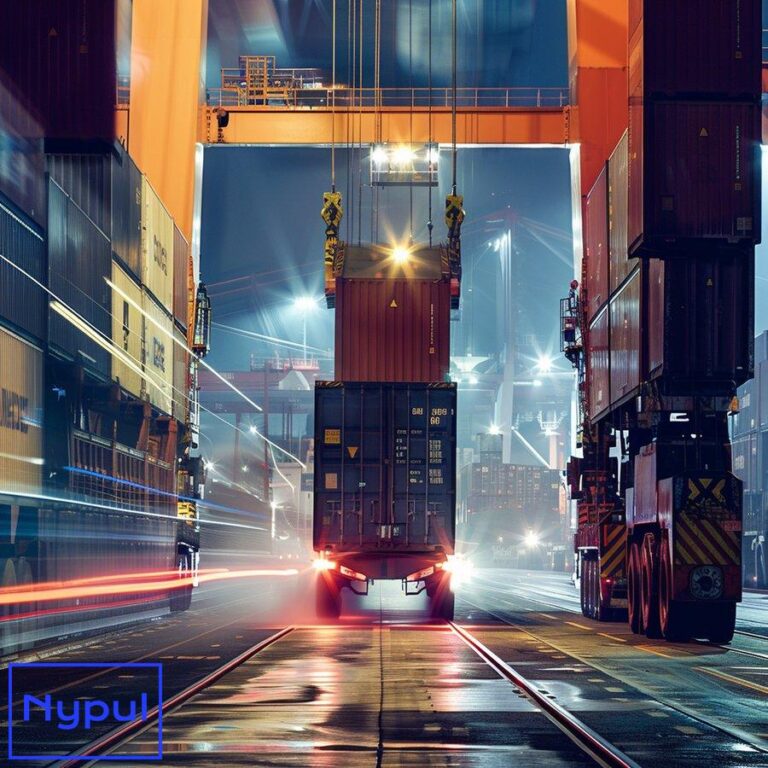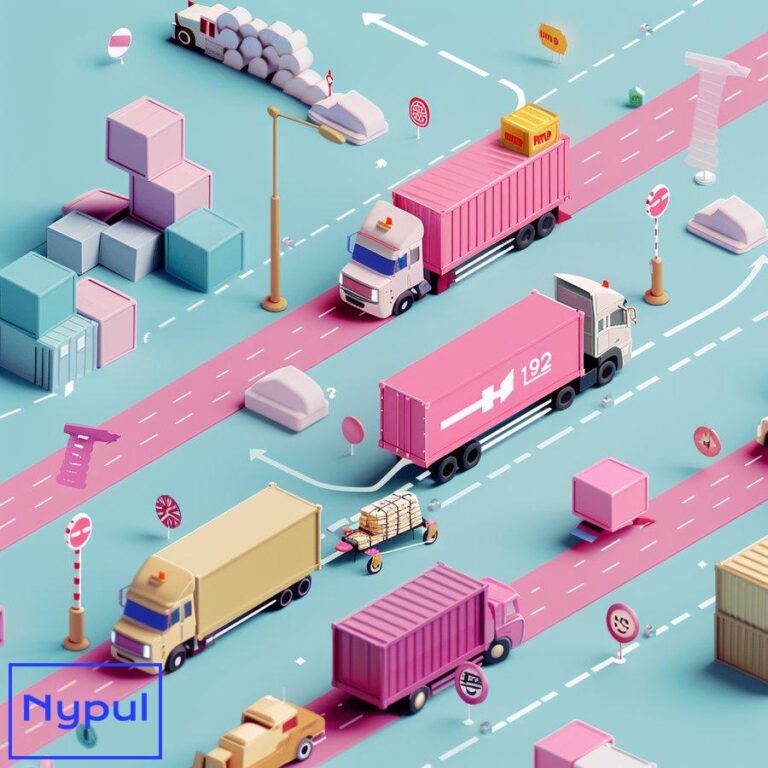What Is a Drayage Truck
What is a Drayage Truck and How Does It Function?
A drayage truck is a specialized vehicle designed to transport goods over short distances, primarily within port areas or between intermodal facilities. The term “drayage” refers to the movement of cargo from one location to another, often involving the transfer of containers from ships to trucks or rail terminals. This type of trucking plays a vital role in the supply chain, ensuring that goods are efficiently moved from ports to distribution centers or warehouses.
Drayage trucks typically operate within a radius of 150 miles, making them essential for local transportation. These trucks are equipped to handle various types of cargo, including shipping containers, bulk goods, and specialized freight. Their primary function is to facilitate the quick transfer of goods, minimizing delays and ensuring that products reach their destinations promptly.

The drayage process involves several key steps:
-
Container Pickup: Drayage trucks pick up shipping containers from ports or rail yards.
-
Transportation: The trucks transport the containers to a designated location, such as a warehouse or distribution center.
-
Drop-off: Once at the destination, the containers are unloaded, and the drayage truck may return to the port or rail yard for another load.
This process is critical for maintaining the flow of goods in the logistics industry, as it connects various modes of transportation, including maritime, rail, and road.
What Are the Key Characteristics of Drayage Trucks?
Drayage trucks possess distinct characteristics that differentiate them from other types of trucks in the logistics industry. Understanding these features helps in appreciating their role in the supply chain.
Design and Build
Drayage trucks are typically designed for short-haul operations. They often have a shorter wheelbase, which enhances maneuverability in tight spaces, such as ports and urban areas. The trucks are built to carry heavy loads, often exceeding 30,000 pounds, and are equipped with powerful engines to handle the demands of frequent stops and starts.
Container Compatibility
These trucks are specifically designed to transport standard shipping containers. They often feature chassis that can accommodate 20-foot and 40-foot containers, allowing for flexibility in cargo handling. Many drayage trucks are equipped with twist locks that secure the containers during transport.
Regulatory Compliance
Drayage trucks must adhere to various regulations, including emissions standards and weight limits. Many jurisdictions require drayage trucks to meet specific environmental standards to reduce air pollution, particularly in port areas.
Technology Integration
Modern drayage trucks are increasingly equipped with advanced technology, such as GPS tracking, telematics, and electronic logging devices (ELDs). These technologies enhance operational efficiency, improve route planning, and ensure compliance with regulations.
How Do Drayage Trucks Differ from Long-Haul Trucks?
Drayage trucks and long-haul trucks serve different purposes within the logistics industry. Understanding these differences is essential for grasping their respective roles in supply chain operations.


| Feature | Drayage Trucks | Long-Haul Trucks |
|---|---|---|
| Distance | Short distances (typically under 150 miles) | Long distances (over 250 miles) |
| Cargo Type | Primarily shipping containers and local freight | General freight, including bulk goods |
| Operational Focus | Port and intermodal operations | Cross-country transportation |
| Vehicle Design | Shorter wheelbase, specialized for maneuverability | Longer wheelbase, designed for stability |
| Regulatory Compliance | Stricter local emissions standards | Federal regulations for long-distance hauling |
| Turnaround Time | Quick turnaround due to short hauls | Longer turnaround due to distance traveled |
Drayage trucks focus on the efficient movement of goods within a limited geographical area, while long-haul trucks are designed for transporting freight over significant distances. This distinction is crucial for logistics companies when planning their transportation strategies.
What Types of Drayage Trucks Are Used in Logistics?
Various types of drayage trucks are utilized in logistics, each tailored to specific needs and operational requirements. Understanding these types can help businesses choose the right vehicle for their transportation needs.
Standard Drayage Trucks
These trucks are the most common type used in drayage operations. They are designed to transport standard shipping containers and are equipped with the necessary features for loading and unloading at ports and intermodal facilities.

Chassis Trucks
Chassis trucks are specialized vehicles that consist of a truck frame with a detachable chassis. This design allows for easy attachment and detachment of shipping containers, making them ideal for operations that require frequent loading and unloading.
Flatbed Trucks
Flatbed trucks are used for transporting oversized or irregularly shaped cargo that cannot fit into standard containers. These trucks provide flexibility for handling various types of freight, including machinery and construction materials.
Reefer Trucks
Reefer trucks are refrigerated vehicles used to transport perishable goods. In drayage operations, these trucks are essential for moving temperature-sensitive products from ports to distribution centers.
Heavy Haul Trucks
Heavy haul trucks are designed to transport exceptionally large or heavy loads that exceed standard weight limits. These trucks are equipped with specialized equipment to ensure safe and compliant transportation.
How Do Drayage Trucks Operate in Ports and Intermodal Facilities?
Drayage trucks play a critical role in the operations of ports and intermodal facilities, acting as the link between different modes of transportation. Their operation involves several key processes that ensure the efficient movement of goods.
Container Handling
Upon arrival at a port, drayage trucks are responsible for picking up shipping containers from vessels. This process involves coordinating with port authorities and terminal operators to ensure timely loading and unloading.
Intermodal Transfers
Drayage trucks facilitate intermodal transfers by transporting containers between ports, rail yards, and distribution centers. This operation requires precise planning and coordination to minimize delays and optimize logistics.
Traffic Management
Ports and intermodal facilities often experience high volumes of traffic. Drayage truck operators must navigate complex roadways and adhere to strict schedules to ensure that containers are moved efficiently. This requires effective communication with port authorities and other stakeholders.
Technology Utilization
Modern drayage operations increasingly rely on technology to enhance efficiency. GPS tracking systems allow for real-time monitoring of truck locations, while electronic logging devices help ensure compliance with hours-of-service regulations. Additionally, advanced routing software can optimize delivery schedules, reducing wait times and fuel consumption.
What Regulations Govern Drayage Trucking?
![]()
Drayage trucking is subject to a variety of regulations at local, state, and federal levels. These regulations are designed to ensure safety, environmental protection, and fair competition within the industry.

Environmental Regulations
Many jurisdictions impose strict emissions standards on drayage trucks to reduce air pollution, particularly in urban areas and near ports. These regulations often require trucks to meet specific emissions criteria, which may involve retrofitting older vehicles or investing in newer, cleaner technologies.
Weight Limits
Drayage trucks must adhere to weight limits set by federal and state regulations. Overweight trucks can cause damage to infrastructure and pose safety risks on the road. Compliance with weight limits is crucial for maintaining operational efficiency and avoiding fines.
Safety Regulations
Drayage truck operators must comply with safety regulations established by the Federal Motor Carrier Safety Administration (FMCSA). These regulations cover various aspects of trucking, including driver qualifications, vehicle maintenance, and hours of service.
Local Ordinances
In addition to federal and state regulations, drayage trucking operations may be subject to local ordinances. These can include restrictions on truck routes, noise regulations, and parking restrictions in urban areas.
Licensing and Insurance
Drayage truck operators must obtain the necessary licenses and permits to operate legally. This includes commercial driver’s licenses (CDLs) for drivers and appropriate insurance coverage to protect against liability.
How Does Technology Enhance Drayage Truck Operations?
Technology plays a significant role in enhancing the efficiency and effectiveness of drayage truck operations. Various technological advancements have transformed the way drayage companies manage their fleets and logistics processes.

GPS Tracking
GPS tracking systems enable real-time monitoring of drayage trucks, allowing operators to track their locations and optimize routes. This technology helps reduce delays and improve overall efficiency in the transportation process.
Telematics
Telematics systems provide valuable data on truck performance, including fuel consumption, engine diagnostics, and driver behavior. This information allows fleet managers to make informed decisions regarding maintenance, fuel efficiency, and driver training.
Electronic Logging Devices (ELDs)
ELDs automatically record driving hours, ensuring compliance with hours-of-service regulations. This technology helps prevent driver fatigue and promotes safer driving practices, ultimately enhancing operational efficiency.
Route Optimization Software
Advanced routing software analyzes traffic patterns, road conditions, and delivery schedules to optimize routes for drayage trucks. This technology reduces travel time and fuel consumption, contributing to cost savings for logistics companies.
Mobile Applications
Mobile applications enable drivers to access important information on-the-go, including load assignments, route updates, and communication with dispatchers. These apps enhance communication and streamline operations, improving overall efficiency.
What Challenges Do Drayage Truck Operators Face?
Drayage truck operators encounter several challenges that can impact their operations and profitability. Understanding these challenges is essential for developing strategies to mitigate their effects.
Traffic Congestion
Ports and urban areas often experience heavy traffic congestion, leading to delays in loading and unloading containers. This congestion can result in increased operational costs and reduced efficiency for drayage companies.

Regulatory Compliance
Navigating the complex web of regulations governing drayage trucking can be challenging. Operators must stay informed about changing regulations and ensure compliance to avoid fines and penalties.
Driver Shortages
The trucking industry, including drayage operations, faces a shortage of qualified drivers. This shortage can lead to increased competition for available drivers, resulting in higher labor costs and potential delays in service.
Equipment Maintenance
Maintaining a fleet of drayage trucks requires ongoing investment in repairs and maintenance. Equipment breakdowns can lead to costly delays and impact overall operational efficiency.
Environmental Concerns
As regulations around emissions and environmental impact become stricter, drayage truck operators must invest in cleaner technologies and practices. This transition can be costly and requires careful planning to ensure compliance while maintaining profitability.
In conclusion, drayage trucks are a vital component of the logistics industry, facilitating the efficient movement of goods between ports, rail yards, and distribution centers. Understanding the characteristics, operations, regulations, and challenges associated with drayage trucking is essential for businesses involved in the supply chain. As technology continues to evolve, drayage operations will likely become even more efficient, helping to meet the growing demands of global trade.
